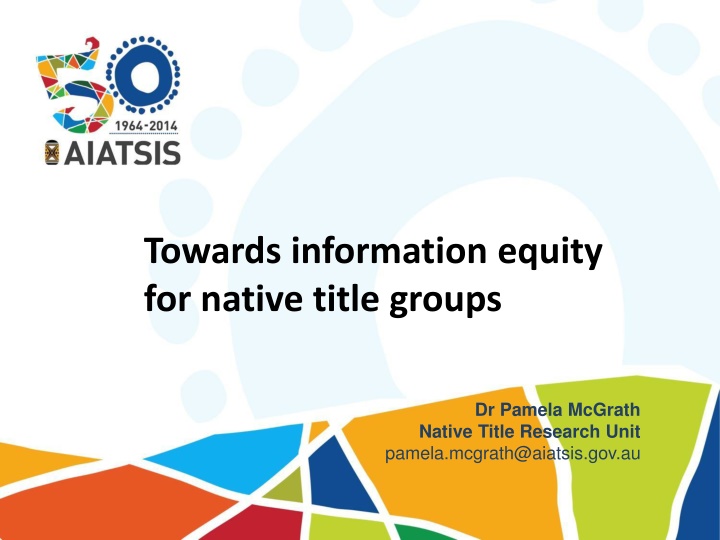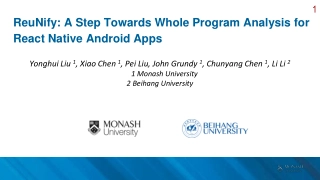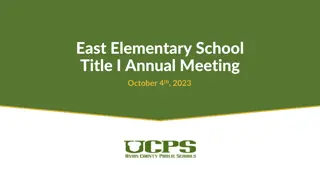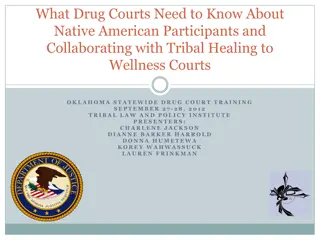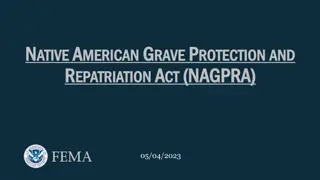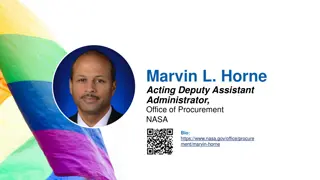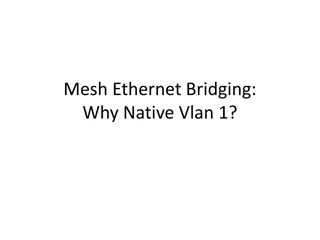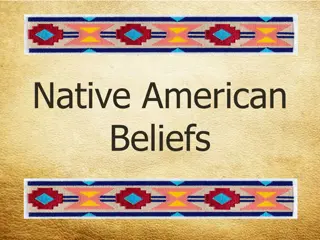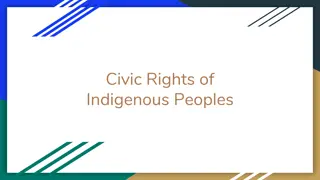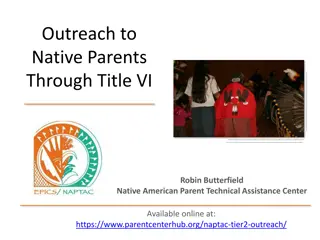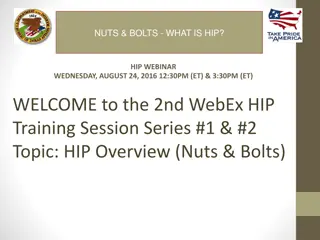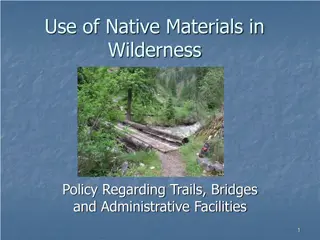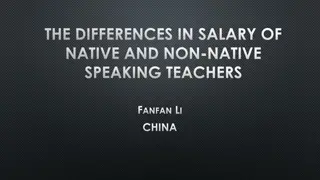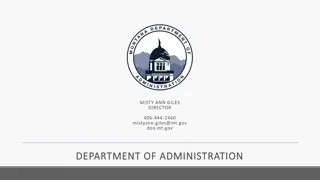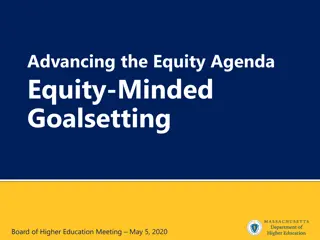Achieving Information Equity for Native Title Groups
This article explores the concept of information equity and its absence in the context of native title management. It delves into the reasons behind the lack of information equity in native title processes, the work of native title corporations, documents produced in this work, and the data contained in such documents.
Download Presentation

Please find below an Image/Link to download the presentation.
The content on the website is provided AS IS for your information and personal use only. It may not be sold, licensed, or shared on other websites without obtaining consent from the author.If you encounter any issues during the download, it is possible that the publisher has removed the file from their server.
You are allowed to download the files provided on this website for personal or commercial use, subject to the condition that they are used lawfully. All files are the property of their respective owners.
The content on the website is provided AS IS for your information and personal use only. It may not be sold, licensed, or shared on other websites without obtaining consent from the author.
E N D
Presentation Transcript
Towards information equity for native title groups Dr Pamela McGrath Native Title Research Unit pamela.mcgrath@aiatsis.gov.au
What is information equity? The fair or reasonable distribution of information among individuals, groups, regions, categories or other social units, such that those people have opportunity to achieve whatever is important or meaningful to them in their lives. What is information inequity? To the extent that information is unfairly distributed, people are denied such opportunity and information inequity exists. Lievrouw et.al (2003), Information and equity .
Why has native title not delivered information equity? 1. The size of the information burden of managing native title 2. The uneven distribution of information assets among interest groups 3. The digital divide between Indigenous and non- Indigenous Australians.
What is the work of native title corporations? Distribution of information and benefits Consultation with members Cultural heritage surveys for future acts Meetings (both internal and external) Environmental management Agreement making Monitoring of agreements Corporate compliance
What documents does this work produce? Minutes of meetings Cultural heritage and environmental survey reports Contracts and agreements Compliance documents (eg. annual and auditor reports) Maps and GIS databases Photographs Genealogies
What kind of data do these documents contain? The significance and location of Aboriginal sites Where sites are not located Who has made decisions about sites The location of sites in relation to ore bodies and tenements The location of sensitive environmental features The location of exploration and mining tenements The history of non-Indigenous land tenure
Yamatji Land and Sea Council 2012-13: 443 agreements and 9 ILUAs 247 heritage surveys 191 days of meetings 787 future act notices
Where does this information end up? State government Mining companies Federal Court and National Native Title Tribunal Native Title Representative Bodies Registered Native Title Bodies Corporate
Why has native title not delivered information equity? 1. The size of the information burden of managing native title 2. The uneven distribution of information assets among parties with competing interests 3. The ongoing technological marginalisation of many Aboriginal and Torres Strait Islander people.
Information inequity impacts on: Free prior and informed consent Bargaining power Monitoring of agreements Assessment and management of cumulative impacts Intergenerational knowledge transfer As along as information resources and technologies are distributed on an ability-to-pay market basis, disparities will persist and grow. Liewvrow et.al (2003)
The Mining Knowledge Project Addressing inequity, building capacity, through: Technology Protocols and Agreements Language Resources Training and employment Open Access Research
